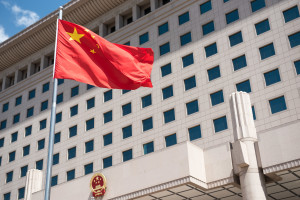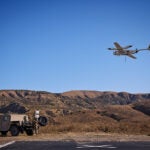
China has surpassed the U.S. in its number of land-based fixed and mobile launchers for intercontinental continental ballistic missiles, a group of Republican lawmakers said on Tuesday. Reps. Mike Rogers (R-Ala.) and Doug Lamborn (R-Colo.), chair of the House Armed Services Committee and HASC’s Strategic Forces Subcommittee, respectively, and Sens. Roger Wicker (R-Miss.) and Deb Fisher (R-Neb.), the top Republicans on the Senate Armed Services Committee and SASC’s Strategic Forces Subcommittee, respectively, called the update a “wake-up call” on the…

 By
By 











